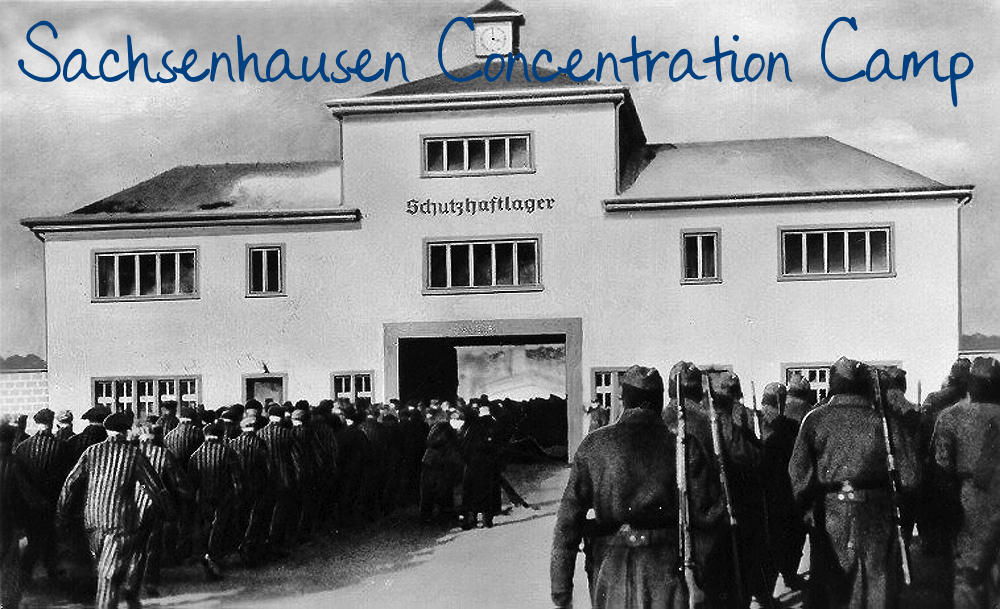Sachsenhausen Concentration Camp
Sachsenhausen Concentration Camp Sachsenhausen Concentration Camp was built in July 0f 1936 by prisoners from other camps in Oranienburg, Germany. Eventually, 44 other subcamps to… Read More »Sachsenhausen Concentration Camp

